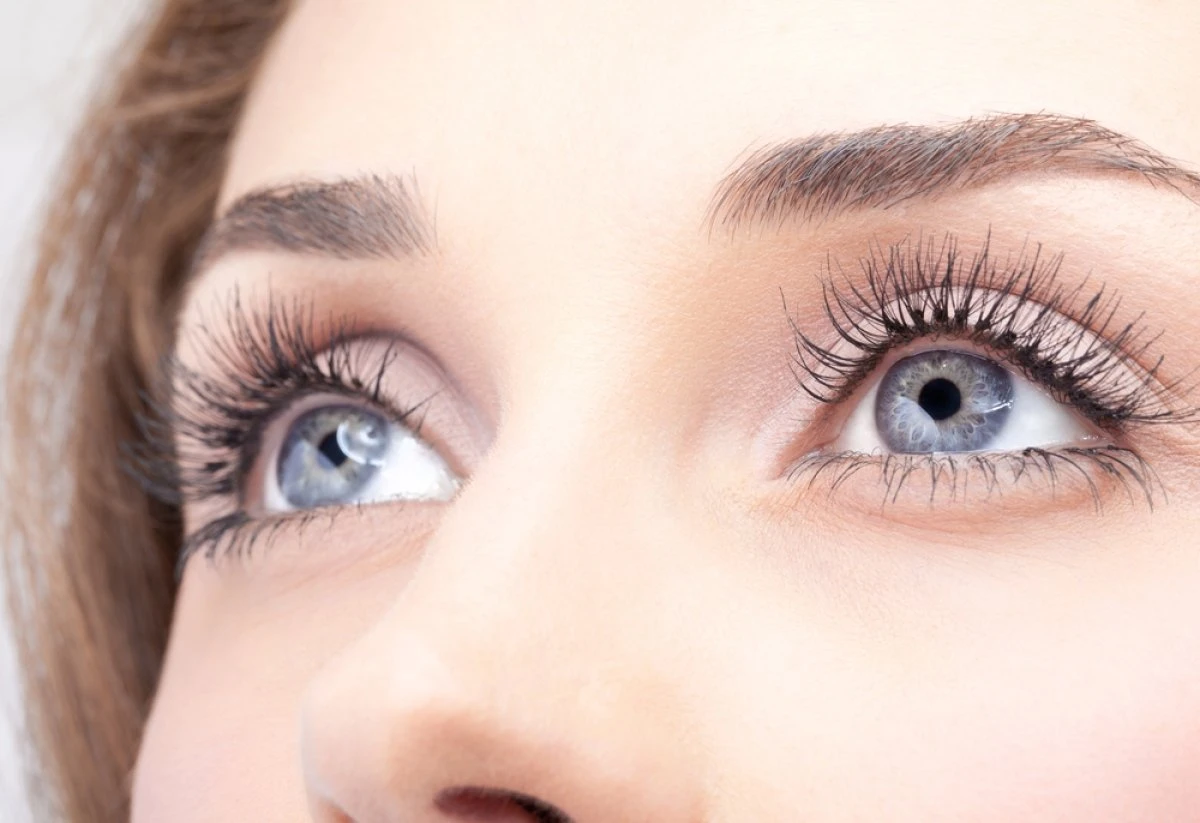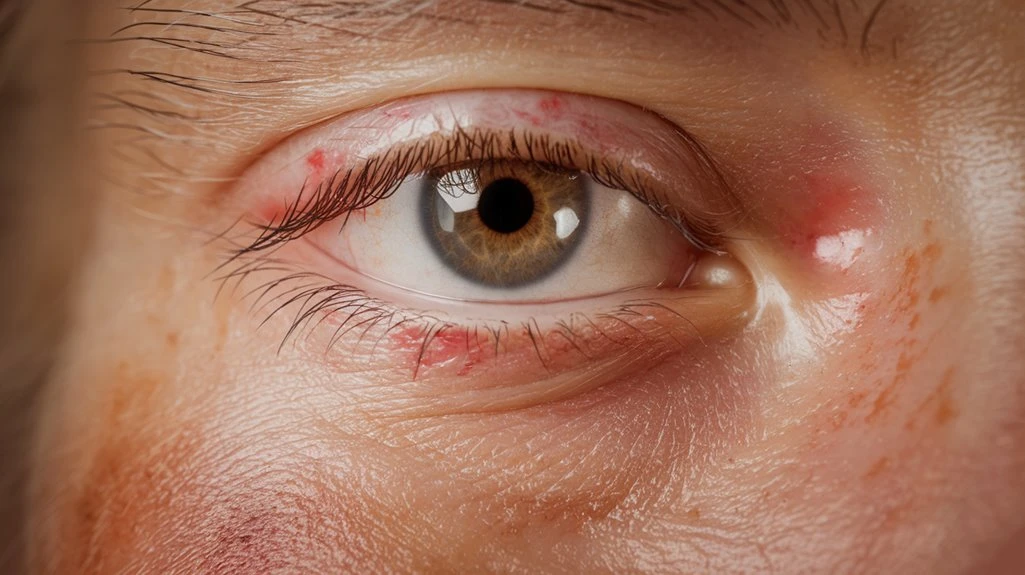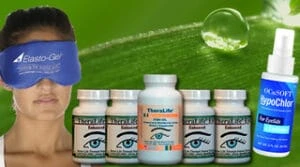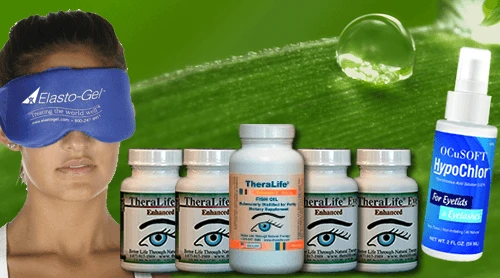You’re likely experiencing dry eyes and eyelid issues due to hormonal changes, age-related factors, and environmental influences. Hormonal fluctuations, particularly decreased estrogen during menopause or pregnancy, directly impact tear production. Aging reduces lacrimal gland function, leading to increased tear evaporation. This change, combined with conjunctival alterations, exacerbates dry eye symptoms. Environmental factors like digital device use and poor indoor air quality increase tear film evaporation, resulting in ocular surface instability.
TheraLife’s products offer significant benefits for individuals suffering from these issues by addressing the root causes of dry eyes and eyelid problems. Their comprehensive approach includes natural supplements that help restore tear production and maintain ocular health. By improving lacrimal gland function and reducing inflammation, TheraLife products aim to enhance tear stability and reduce symptoms associated with dry eyes and eyelid conditions.
Furthermore, TheraLife provides educational resources and insights on how various factors interrelate and influence your condition. This knowledge empowers customers to make informed decisions about their eye health and explore targeted treatments for improved ocular well-being. Discover the advantages of TheraLife’s natural solutions and how they can support your journey towards healthier eyes.
Powerful Oral Relief Of Dry Eyes When Drops Don’t Work
Key Takeaways
- Hormonal fluctuations, especially during menopause, impact tear production and meibomian gland function, leading to dry eyes.
- Age-related changes decrease lacrimal gland activity and increase tear evaporation, worsening dry eye conditions.
- Digital device usage and poor indoor air quality contribute significantly to tear film evaporation and dry eye symptoms.
- Autoimmune diseases like Sjögren’s syndrome and certain medications reduce tear production, causing dry eyes and eyelid issues.
- Effective management of dry eyes includes artificial tears, prescription medications, and lifestyle modifications to address underlying causes.
Hormonal and Age-Related Changes
While hormonal and age-related changes can greatly affect ocular health, understanding their impact on dry eyes is essential for effective management.
Hormonal fluctuations, particularly involving estrogen and progesterone, considerably influence tear production. During menstruation, decreased estrogen levels may reduce tear secretion, while pregnancy-induced hormonal shifts can temporarily exacerbate dry eye symptoms. Thyroid disorders, such as hypothyroidism and hyperthyroidism, can also exacerbate dry eye conditions by affecting hormonal balance.
Menopause is another critical period when decreasing estrogen and androgens affect tear evaporation and meibomian gland function, leading to prevalent dry eye symptoms. Additionally, Sjögren’s syndrome is a systemic autoimmune disease that can also contribute to dry eyes, especially in postmenopausal women, by affecting tear production and ocular surface health.
Age-related changes, such as diminished lacrimal gland activity and increased tear evaporation due to conjunctival alterations, further compound dry eye conditions.
Clinically, recognizing these patterns enables targeted treatments, including artificial tears and hormonal assessments, enhancing ocular surface stability and patient quality of life.
Environmental and Lifestyle Influences
Environmental and lifestyle factors greatly impact dry eye conditions by altering the delicate balance of tear production and evaporation. Digital device usage often leads to reduced blinking, exacerbating dry eyes by increasing tear film evaporation. Poor indoor air quality, influenced by heating systems and low humidity, further contributes to dry eye symptoms. Evidence shows that pollutants like dust and smoke infiltrate the tear film, diminishing lubrication. Changes in tear production due to medications or hormonal shifts can also play a significant role in exacerbating dry eye conditions, necessitating targeted treatments. To combat these issues, it’s essential to acknowledge that airplane travel also poses risks for dry eye due to low humidity levels that accelerate tear evaporation. To lessen these effects, consider:
- Enhancing indoor air quality through ventilation and cleaning.
- Using humidifiers to maintain ideal humidity levels.
- Limiting screen time to guarantee regular blinking.
- Incorporating indoor plants to filter air contaminants.
Medical Conditions and Treatments
Medical conditions and various treatments greatly impact the development and management of dry eye. Autoimmune diseases such as Sjögren’s syndrome and rheumatoid arthritis can markedly reduce tear production due to inflammation. Medication effects also play an essential role; antihistamines, decongestants, and antihypertensives often decrease tear production, exacerbating dry eye symptoms. Neurological conditions and eyelid disorders further complicate tear distribution, contributing to ocular surface discomfort. Surgical interventions, including ophthalmic surgeries, may damage tear glands, leading to persistent dryness. An autoimmune diet focusing on anti-inflammatory foods can help manage symptoms and improve tear production in autoimmune-related dry eye conditions. Chronic dry eye can lead to complications such as corneal abrasions, infections, and significant visual impairment, impacting quality of life and mental health. For management, artificial tears provide symptomatic relief, while prescription medications like cyclosporine address inflammation. Additionally, lid scrubs and warm compresses alleviate meibomian gland dysfunction, and lifestyle modifications can mitigate underlying triggers, offering a thorough approach to alleviating dry eye symptoms.
Powerful Oral Relief Of Dry Eyes When Drops Don’t Work
Frequently Asked Questions
Can Certain Diets or Foods Influence Dry Eyes and Eyelid Issues?
You may not realize it, but certain diets can greatly influence dry eyes and eyelid issues. Consuming processed foods high in unhealthy fats and sugar can exacerbate these problems by causing nutrient deficiencies.
Omega fatty acids play an essential role in maintaining eye health and reducing inflammation. Incorporating foods rich in omega-3s, like fish and nuts, can stabilize the tear film and alleviate symptoms, providing essential nutrients for ideal eye function.
Are There Natural Remedies Effective for Treating Dry Eyes?
Did you know that 48% of dry eye sufferers find relief with natural remedies?
Herbal remedies and essential oils can be effective. Clinical studies show that chamomile tea compresses reduce inflammation, while lavender essential oil promotes relaxation and tear production.
Incorporating these into your routine, along with omega-3-rich diets, can greatly alleviate symptoms.
Always consult healthcare professionals before starting new treatments to confirm they suit your specific needs.
How Can Stress or Lack of Sleep Affect Dry Eyes and Eyelid Health?
Stress and lack of sleep impact your dry eyes and eyelid health through hormonal imbalances and inflammation.
Stress management is essential, as stress elevates cortisol, reducing tear production.
Poor sleep quality causes eye strain and alters tear composition, exacerbating symptoms.
Implementing stress reduction techniques and establishing a consistent sleep schedule can greatly improve tear function.
Clinical evidence suggests these practices are effective in managing symptoms, enhancing both your eye and overall health.
What Role Does Hydration Play in Managing Dry Eyes?
Think of your eyes as a garden needing regular watering. Hydration plays a pivotal role in managing dry eyes by maintaining moisture balance.
Implementing hydration tips like increasing water intake and using humidifiers can replenish your tear film. Clinically, balanced hydration supports lacrimal function and prevents tear evaporation, essential for eye health.
Evidence shows proper hydration reduces dry eye symptoms, ensuring your eyes stay comfortable and clear, much like a well-watered garden.
Can Wearing Eye Makeup Contribute to Eyelid Issues and Dry Eyes?
Yes, wearing eye makeup can contribute to eyelid issues and dry eyes.
Makeup ingredients like preservatives can cause allergic reactions, disrupting the tear film. Tightlining or using certain products can clog meibomian glands, leading to gland dysfunction and dryness.
Poor makeup removal leaves residue, exacerbating symptoms. To minimize risks, choose hypoallergenic products, guarantee thorough cleansing, and avoid applying makeup directly on the inner lash line to prevent gland blockages and irritation.
Powerful Oral Relief Of Dry Eyes When Drops Don’t Work
Conclusion
When dealing with dry eyes and eyelid issues, it’s important to recognize the various contributing factors such as hormonal changes, environmental influences, and lifestyle choices. TheraLife offers a comprehensive range of products that benefit customers by addressing these concerns holistically. Their natural formulations are designed to target the root causes of eye discomfort, providing relief from symptoms like dryness, irritation, and inflammation.
TheraLife’s products are particularly beneficial for individuals experiencing blepharitis, dry eye syndrome, or related conditions. By utilizing the power of natural ingredients, TheraLife helps alleviate symptoms and improve eye health without the side effects often associated with conventional treatments. Their approach also includes dietary and lifestyle recommendations to support overall ocular wellness.
For those seeking tailored advice and effective treatment options, consulting with healthcare professionals is crucial. TheraLife’s commitment to natural solutions ensures that customers can navigate their eye health challenges with confidence and support.





